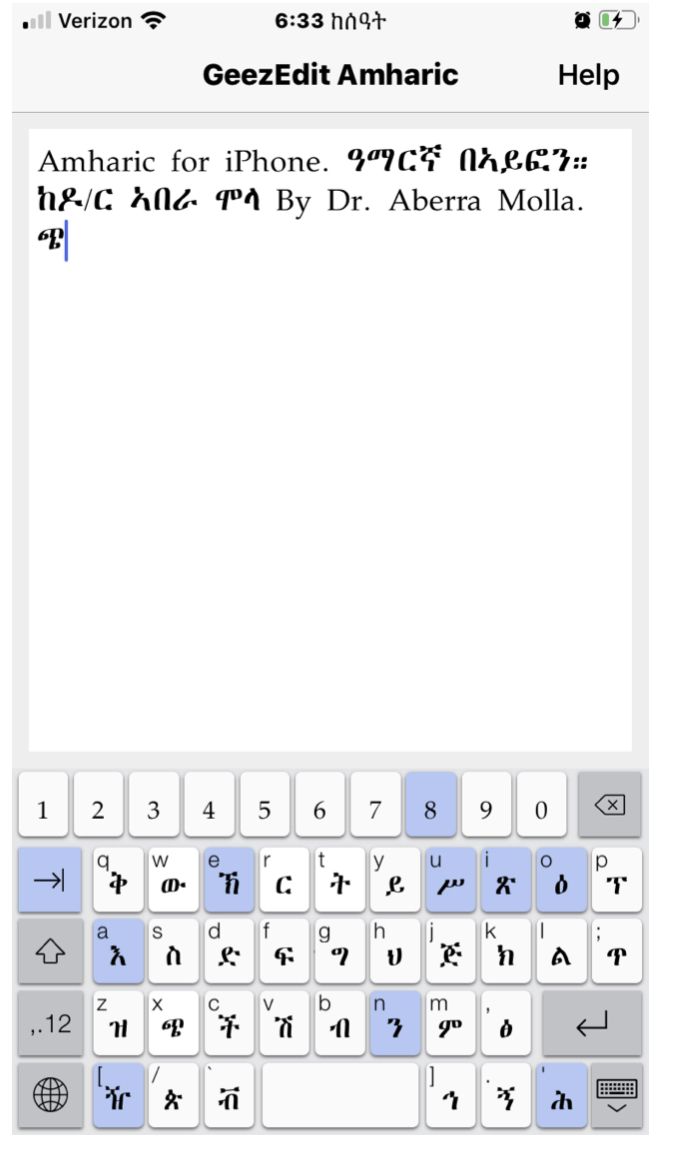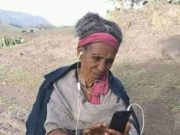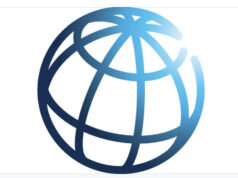- June 25, 2020In 1996 Mark Powell, a U.S. African American PanAfricanist, started using the Ethiopic alphabet for a number of African languages. Mr. Mark Powell (a.k.a. Òòlògún Ọmọ’Oòrùn, Khnumhotep Djehutimes Gakou: assembles African-centered modern orthographies by using Ethiopic/Ethiopian African letters for numerous African languages such as Yoruba, Luba, Zulu, Zande, Pwani (Swahili), Maasai, Shona, Kikuyu, Dinka, Luganda, Nuer and more.
According to Powell, “We are in modern times in a very technically advanced age in history. Therefore, it is appropriate that we keep as much of our practical African culture as we continue to advance into the future. Thus, in order to do that while maintaining ancient African literacy continuity simultaneously, we need an African writing system that meet those demands as well as being fully developed and well-established (used for administrative documentation, trade and commerce, already available and accessible in modern digital media, etc.). African languages such as Oromo should be written with African writing systems.”
ግዕዝ Ge’ez (a.k.a. Ethiopic today is used to write numerous East African languages such as Agew, Amharic, Basketo, Bilen, Dawro, Gamo-Gofa, Ge’ez, Gumuz, Meen, Oromo, Guragie, Tigre, Tigrigna, etc.) written with their own character sets. And according to Dr. Aberra Molla Ethiopic is It the only African writing system that definitely met all these requirements.
“For Africans to continue to use non-African imposed writing systems to write their traditionally illiterate African languages is like willingly holding on to European and West Asian colonial indoctrination when we most certainly have the option of choosing a real African writing system that is certainly far more African than Latin and Arabic. Dr. Aberra made great contributions for the modernization of Ethiopian literacy and his software helped me greatly.”
We Africans don’t need Latin to write our languages. We can use Ethiopic, the ancient and modern alphabet of Ethiopia. Ethiopic is Africa’s oldest and most developed living alphabet and its continued writing system has remained politically relevant without intermission for approximately 3000 years and never needed to be deciphered and has been passed down from Africans-to-Africans from antiquity to today’s generations of Africans. For the sake of our unity we can all use the same indigenous alphabet preserved for millennia along with their independence by Ethiopians.[1].
Dr. Aberra Molla who lives in U.S. is a scientist, inventor, and pioneer in the computerization of the Ethiopic alphabet. He invented a method for Ethiopic users to render their languages, which contains more than 564 Unicode glyphs, accurately on a computer, using at most two keystrokes per character that were in excess of the default. Ethiopic is a unique ancient phonetic alphabet that can be used efficiently for various African languages. Ge’ez and Amharic are now taught in some European and North American universities and there is no reason why Africans can’t take advantage of this perfect African alphabet and use it for writing in their various languages. Amharic, the national language of Ethiopia, can be the written language of the United States of Africa. Ethiopia can also offer its landmark green, yellow and red flag as well as its ancient Ethiopic calendar. [2]
Ethiopic is a perfect alphabet that does not allow spelling errors as every possible sound has its own unique character. The alphabet that had even used Gutenberg’s printing press since 1513 was computerized by Dr. Aberra Molla [3] since 1982. This alphabet became the Ethiopic Unicode and the invented computerized writing system that he invented and patented in the United States and Ethiopia [4] is even utilized by smartphones. Dr. Molla gave his Ethiopic
TrueType typeface to Unicode in 1989 and his improved character sets include Ethiopic zero, stretch mark and novel signs such as the Ethiopian currency (Birr) [5]. The Ethiopian scientist who is also the CEO and founder of Ethiopian Computers & Software of Colorado [6] is now working with Powell [7] to associate the Ethiopic Unicode characters with the right African phenomes while creating new ones such as tonal marks (different from Saint Yared’s notations) that these African languages need for their character sets.
Also, taking the results of Dr. Molla’s creative science as a prerequisite example uses of Amharic are below:
1. Amharic became one the working languages of the government of the District of Columbia, the capital city of the U.S.
2. Amharic is being taught as a subject by parents and education committees in Alexandria, Virginia.
3. The African Union is also considering it as its working language.
4. Israel is also engaged in a similar consideration.
5. In Jamaica, pressure from Ras Teferians has been mounting to bring Ethiopic to the forefront.
6. More than 75 churches are using it in Trinidad and Tobago.
7. Amharic is one of the working languages of DSTV, the international football. Because of his numerous contributions to the society Dr. Aberra Molla, who is also known as the father of Ethiopic should be honored with title such as Father of Ethiopian Literacy.
8. Amharic is one of the languages used in USA 2020 census.

References:
1. Ethiopic Computerization by Dr. Aberra Molla. https://archive.vn/LWaLI
2. The Ethiopic Calendar https://archive.is/JwrfP
3. https://www.congress.gov/crec/2018/08/24/modified/CREC-2018-08-24-pt1-
PgE1177-3.htm
4. https://patents.google.com/patent/US10133362B2/en
5. https://am.wikipedia.org/wiki/%E1%8A%A3%E1%89%A0%E1%88%AB_%E1%8
8%9E%E1%88%8B
6. https://en.wikipedia.org/wiki/Ethiopic_Extended N1846 References (Family of
TrueType Fonts supporting Gurage Extensions, 1993, http://www.ethiopic.com
7. Mark Powell, 2016, Phrases in Ethiopian Letters
























